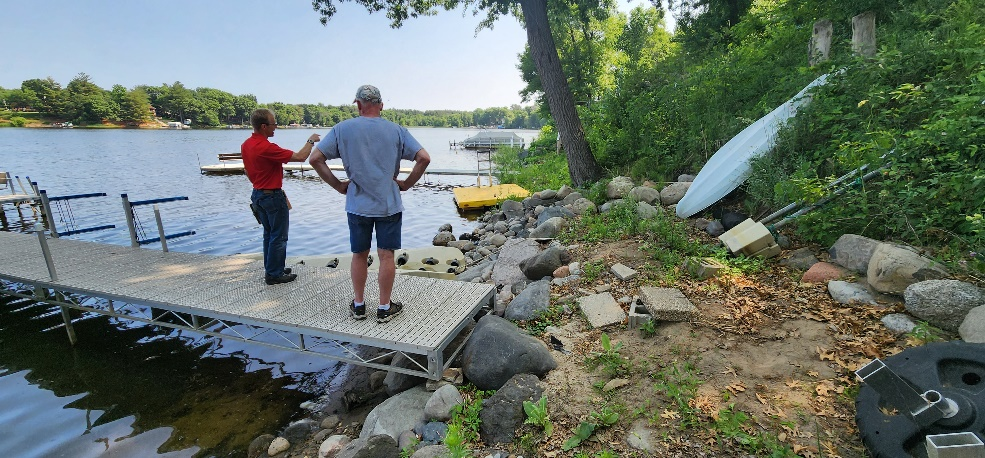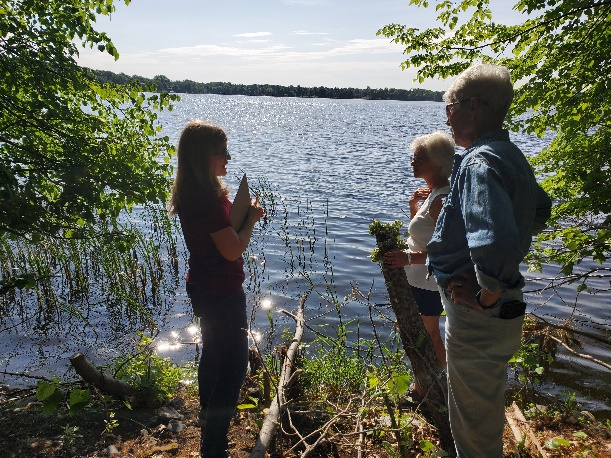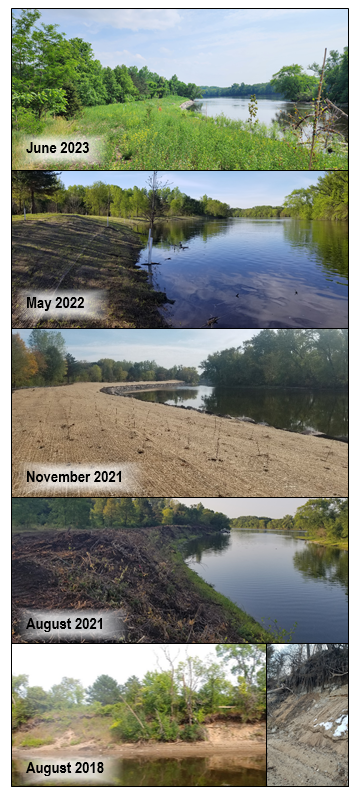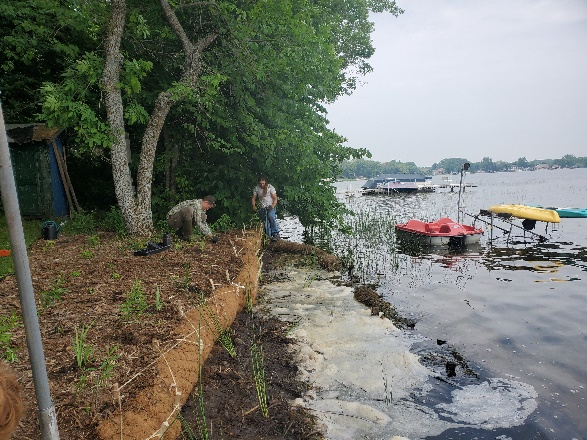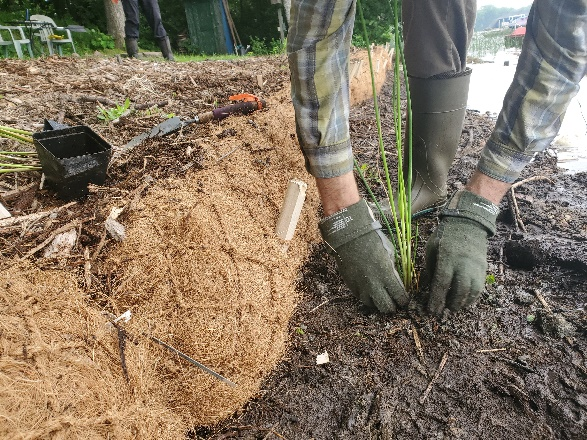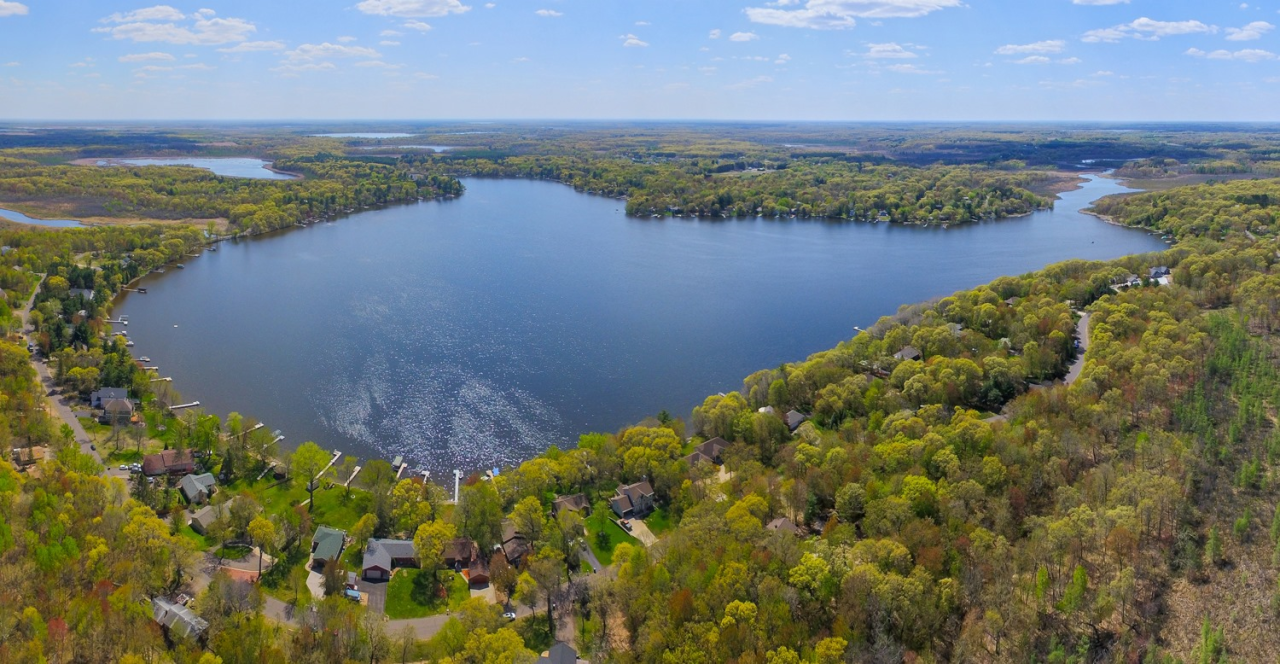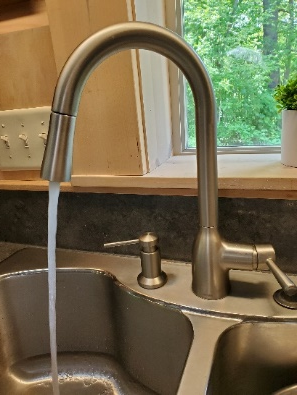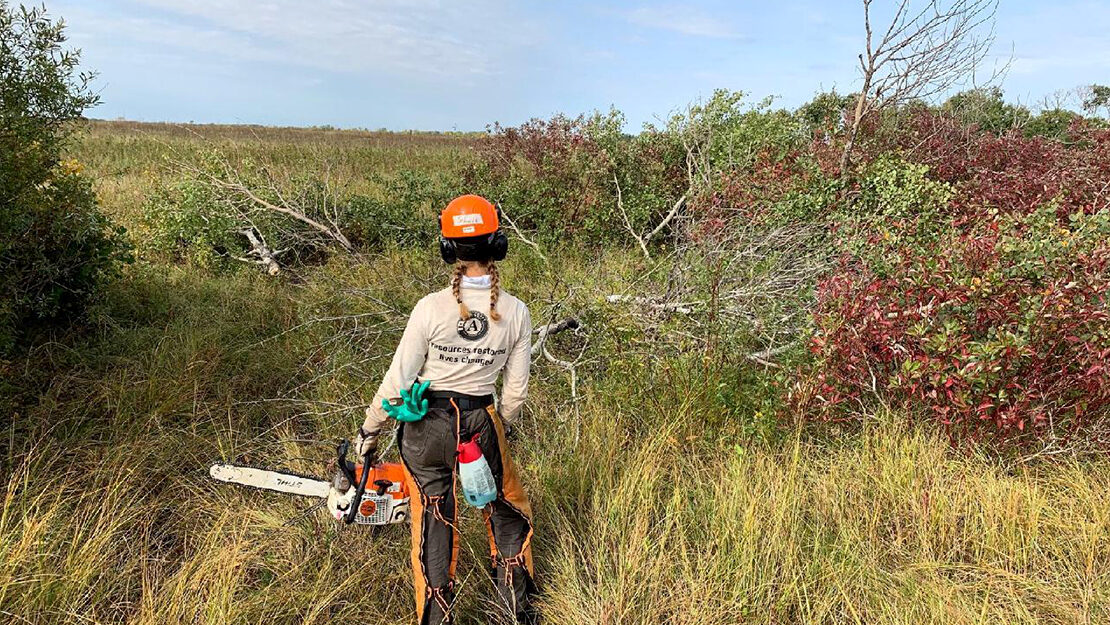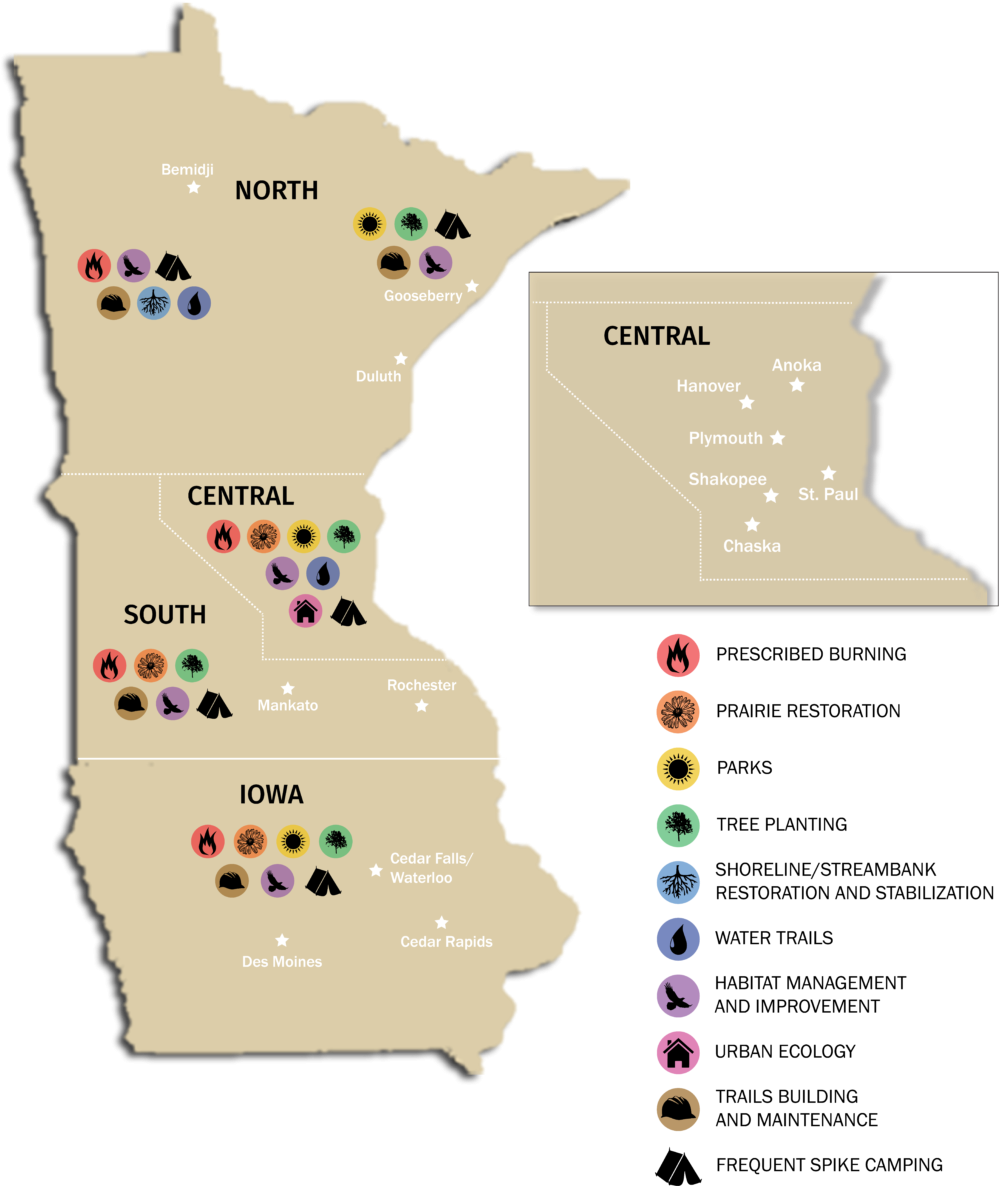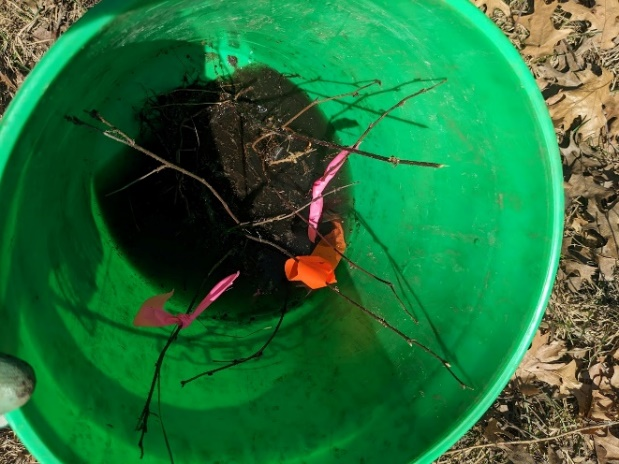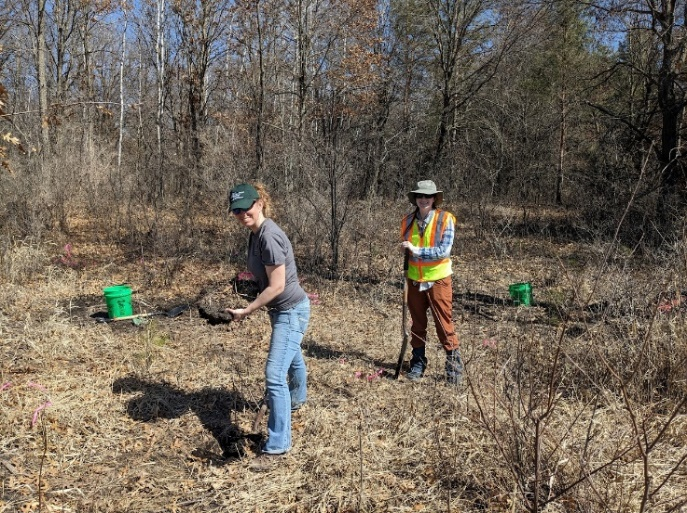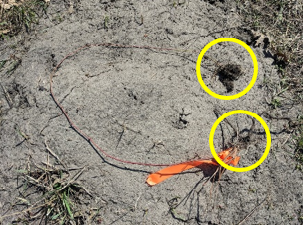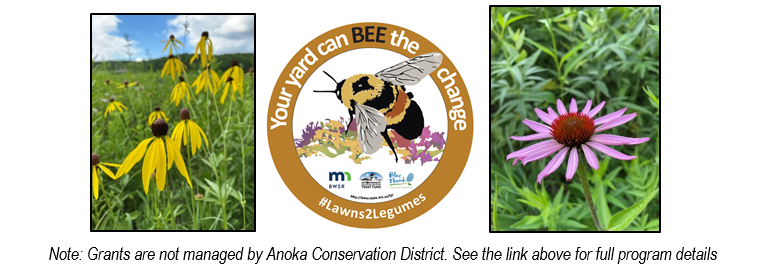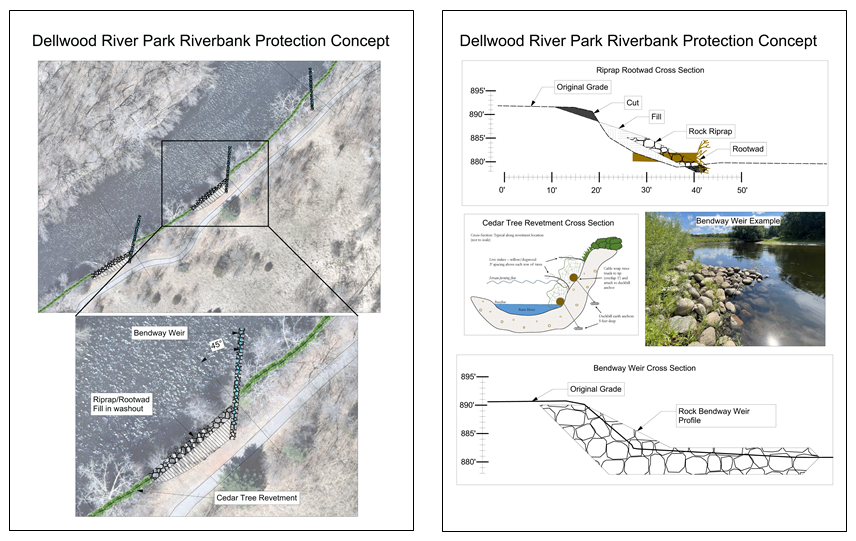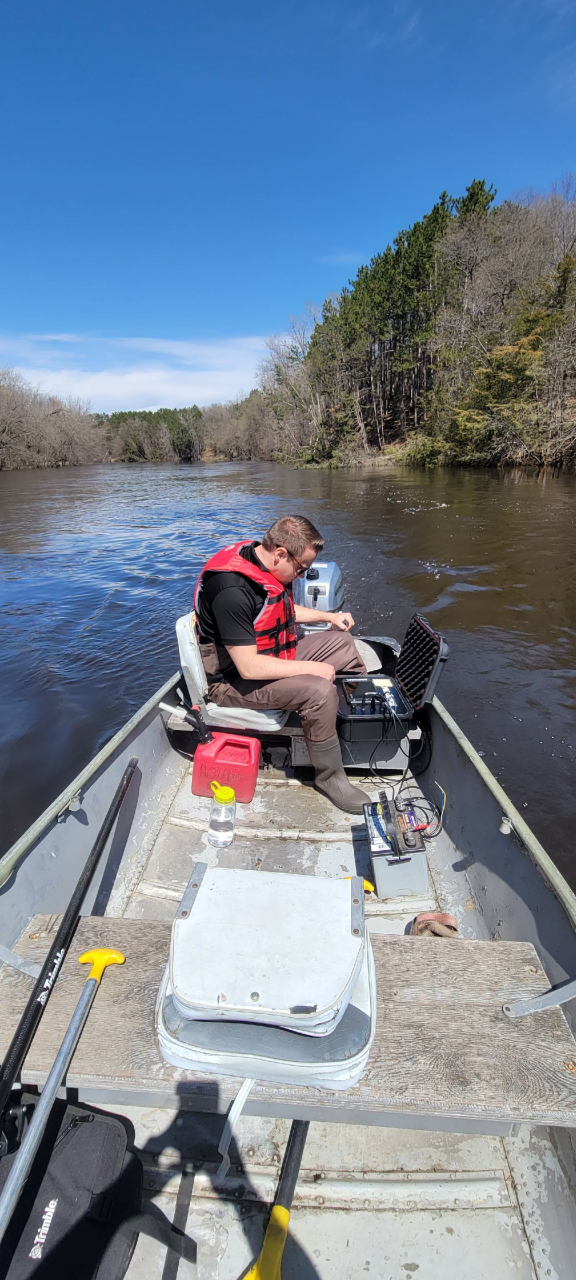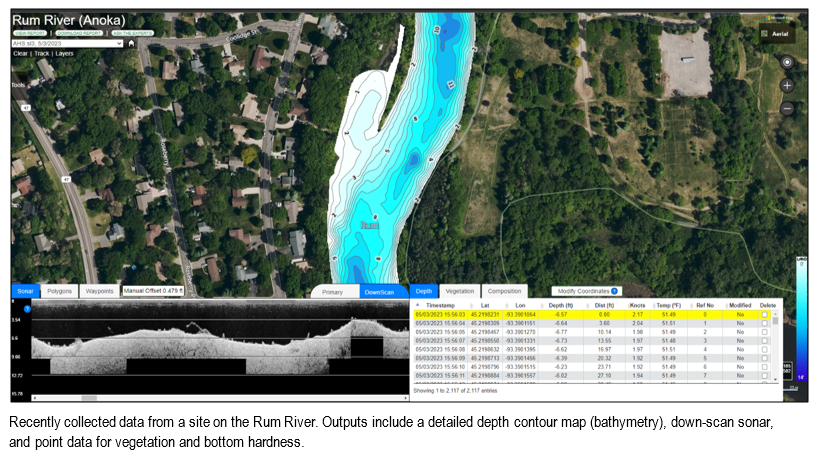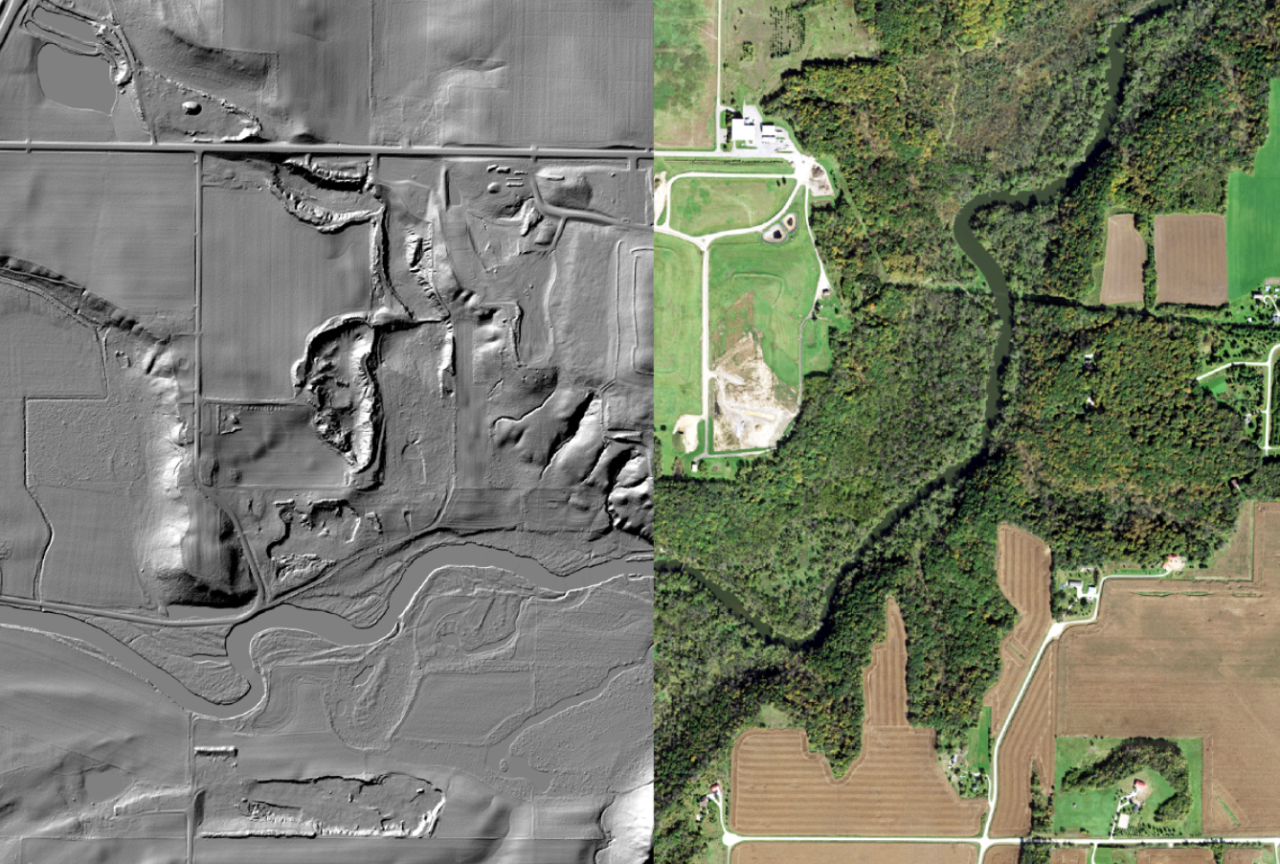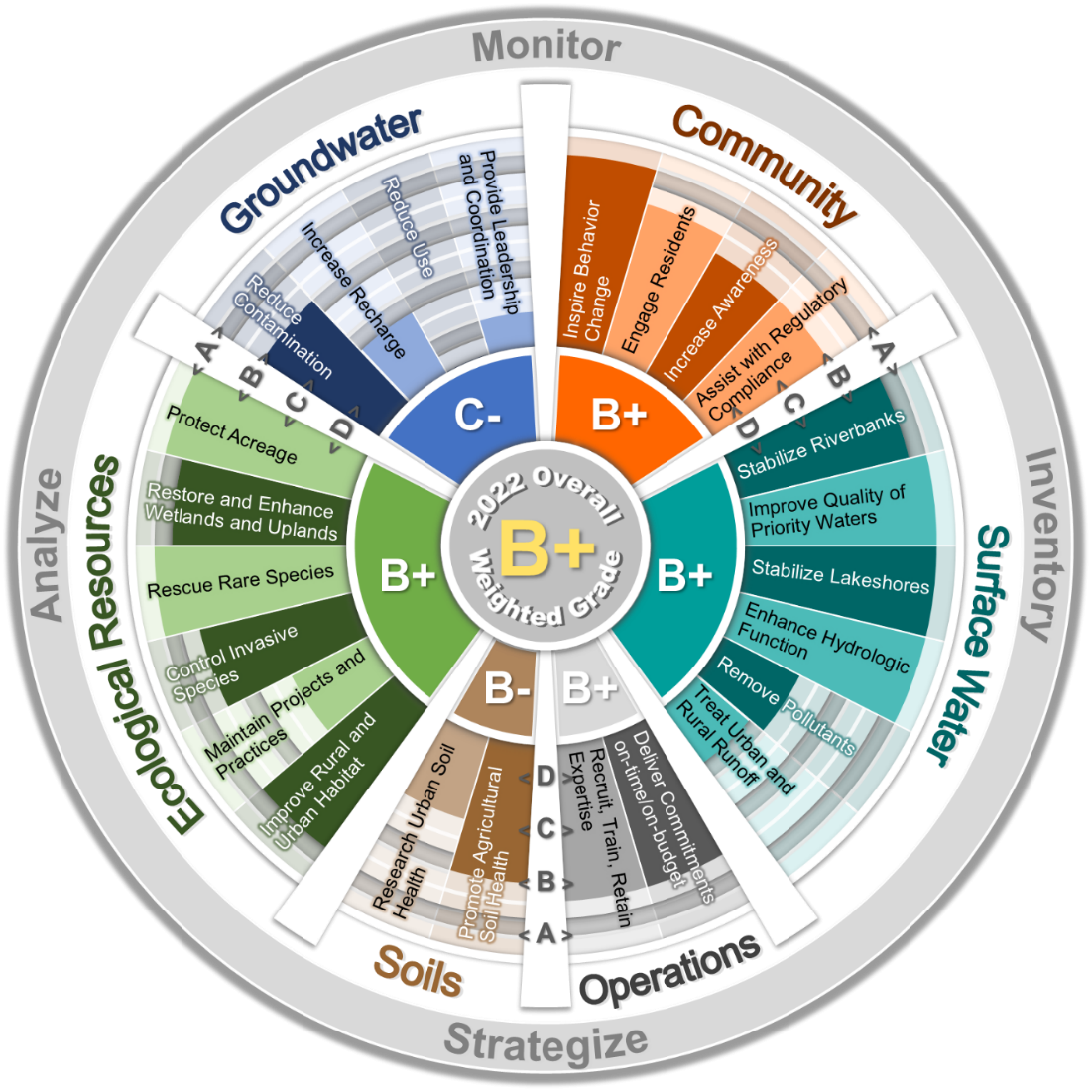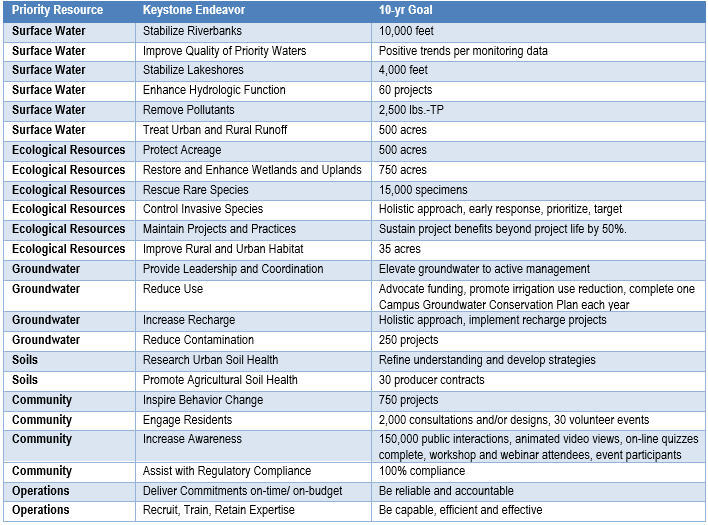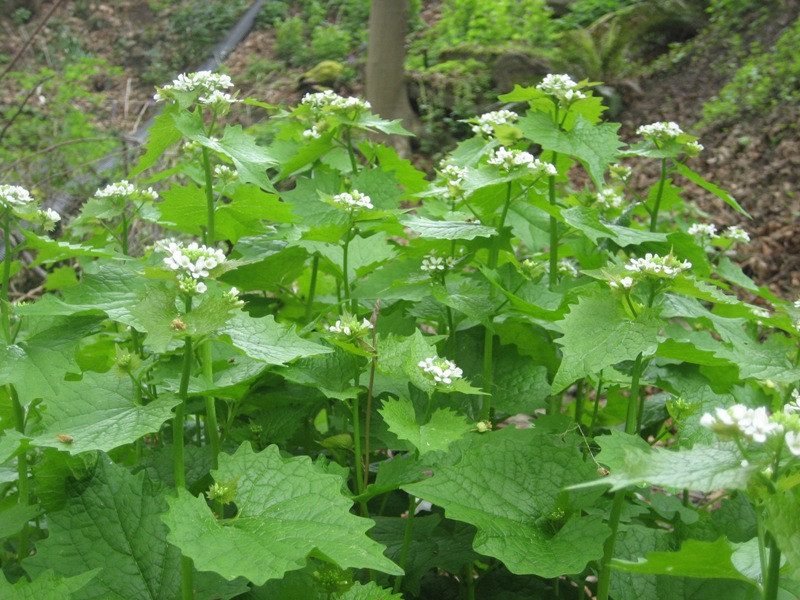High water levels combined with strong winds impacted lakeshores throughout Minnesota this spring. In some cases, already-eroding and unprotected shorelines receded by multiple feet. In others, existing structures such as timber retaining walls were damaged – drastically compromising the land above. These occurrences highlight the importance of lakeshore practices that create resilient, stable, and healthy shorelines. ACD is working to maximize technical and financial resources to assist landowners with their shoreline restoration needs.
Martin Lake, located in northern Anoka County, was particularly impacted by spring flooding. Fortunately, grant funds were recently secured to provide assistance with restoration and stabilization efforts on this lake. Many landowners are interested in addressing erosion and improving wildlife habitat on their shorelines; in total, ACD staff met with residents at 20 different properties. Properties providing the greatest opportunities for water quality and ecological benefits will be selected for partial funding through available grants, and recommendations/ guidance will be provided for the remainder.
If you notice erosion on your shoreline or otherwise want to enhance its resiliency and ecological value, check out our "Our Lakeshore Connection" animated video to learn more:
Or contact Breanna Keith at

